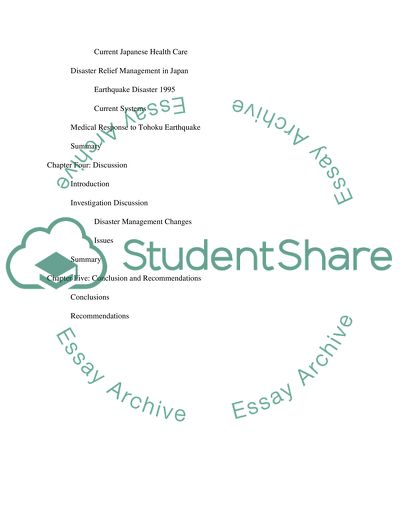Retrieved from https://studentshare.org/health-sciences-medicine/1428137-medical-care-response-in-the-march-11-2011-earthquake-and-tsunami-disaster-in-japan
https://studentshare.org/health-sciences-medicine/1428137-medical-care-response-in-the-march-11-2011-earthquake-and-tsunami-disaster-in-japan.


